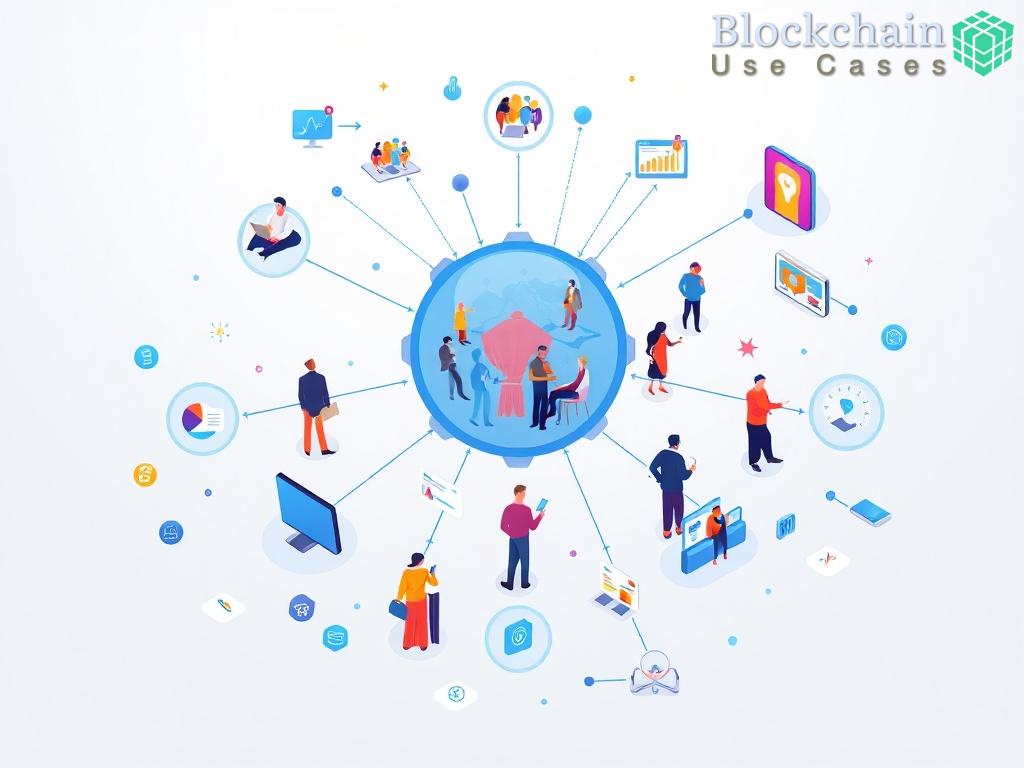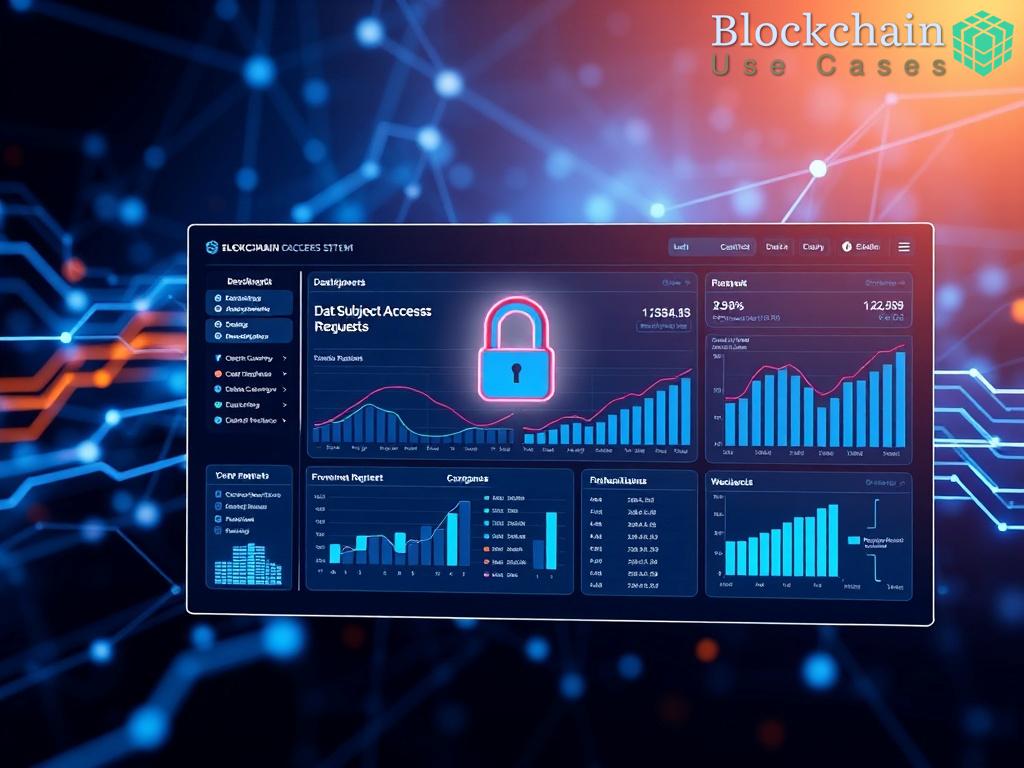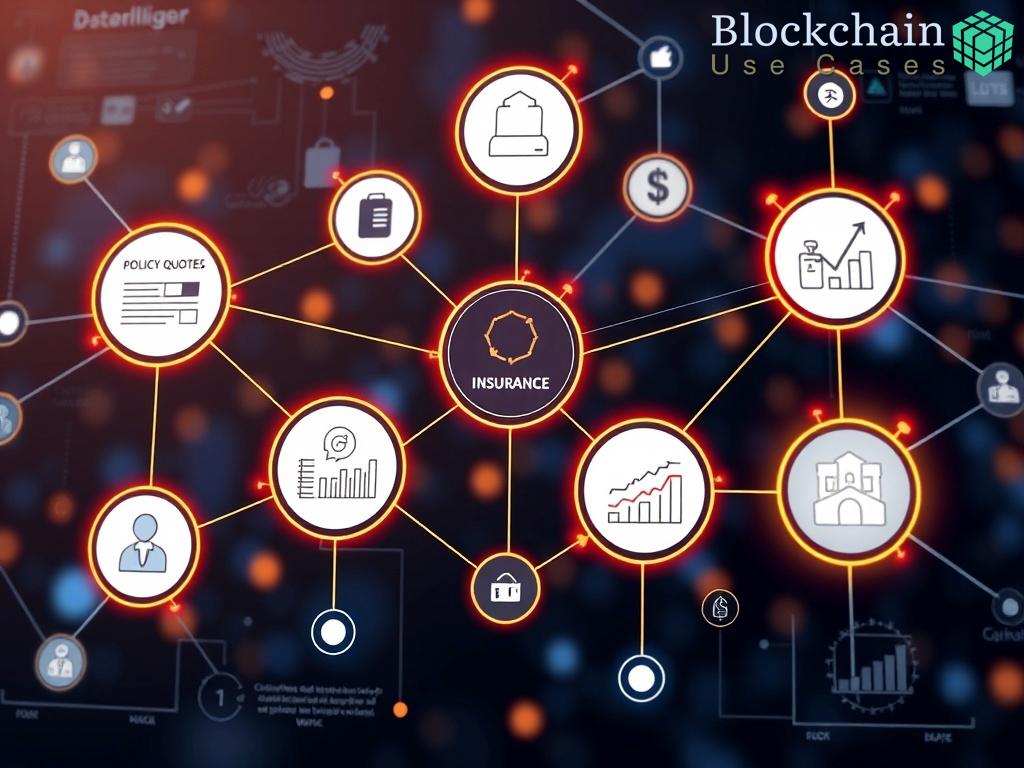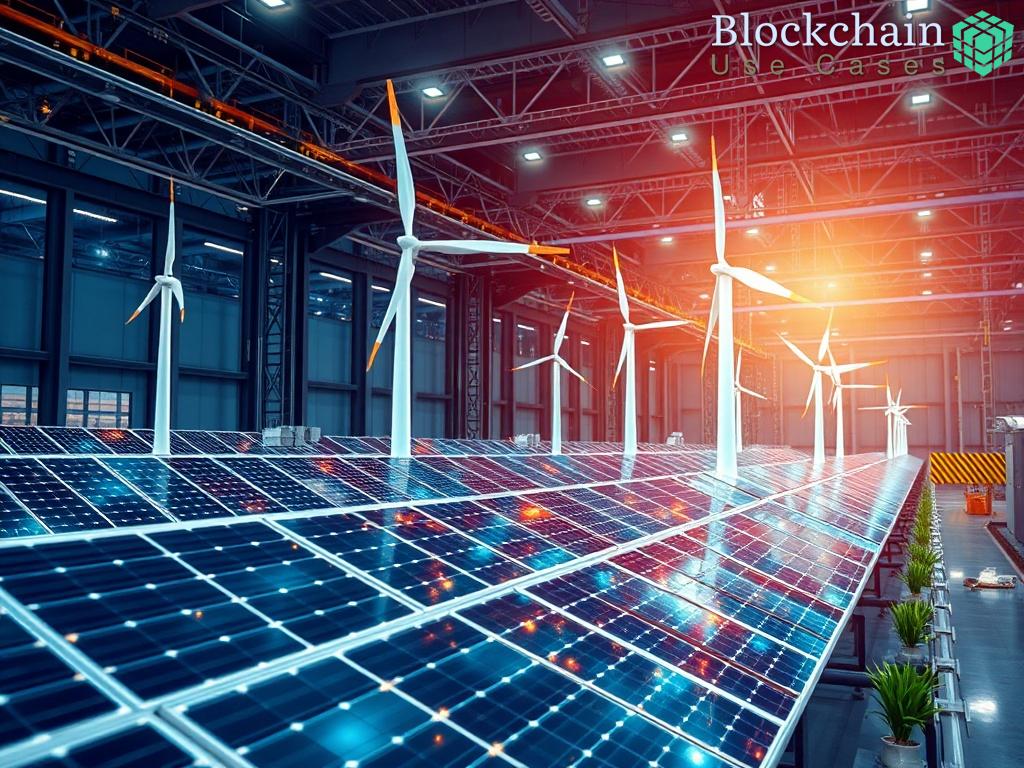Decentralization and Peer-to-Peer Energy Trading
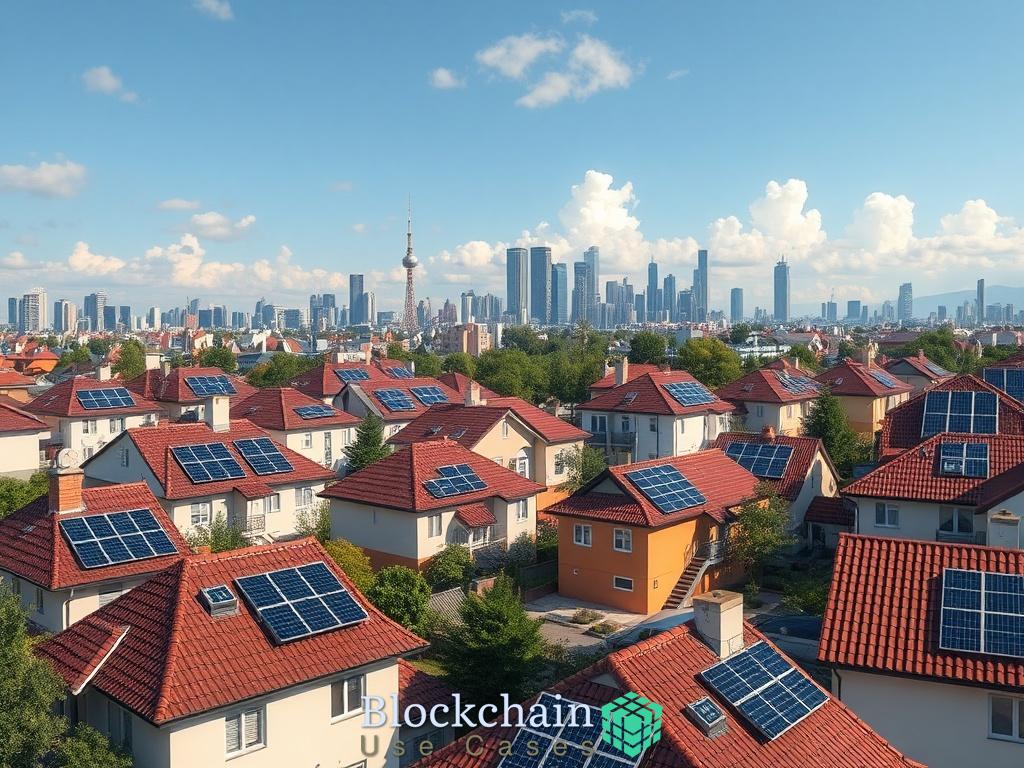
The advent of blockchain technology has marked a significant turning point in the energy sector, particularly in the context of Energy-as-a-Service (EaaS) business models. By facilitating decentralization and enabling peer-to-peer (P2P) energy trading, blockchain empowers consumers, reduces reliance on traditional energy providers, and fosters a more resilient energy ecosystem. This shift not only promotes sustainability but also democratizes energy access, making it a pivotal topic for stakeholders in the energy market.
Peer-to-peer energy trading leverages blockchain to create a transparent and secure environment for energy transactions among consumers. Unlike conventional systems that depend on centralized authorities, P2P trading allows individuals to buy and sell excess energy, particularly from renewable sources like solar panels, directly to one another. This innovative approach increases market efficiency, reduces transaction costs, and can lead to lower energy prices for consumers.
- Transparency: Blockchain’s immutable ledger ensures that all transactions are recorded and verifiable, building trust among participants.
- Efficiency: Smart contracts automate the transaction process, reducing delays and administrative overhead.
- Accessibility: Individuals can participate in energy trading without the need for intermediaries, opening up new revenue streams.
While the potential of blockchain in P2P energy trading is immense, several challenges must be addressed to realize its full capabilities. Regulatory frameworks need to evolve to accommodate these new business models, ensuring consumer protection and grid stability. Additionally, technological barriers such as scalability and interoperability among different blockchain platforms must be overcome. However, these challenges also present opportunities for innovation and collaboration among industry players. As blockchain technology matures, it promises to reshape the energy landscape significantly, paving the way for a more decentralized, sustainable, and consumer-driven energy future.
Enhancing Transparency and Trust in EaaS
In the evolving landscape of Energy-as-a-Service (EaaS), establishing transparency and trust is paramount for fostering consumer confidence and participation. As blockchain technology continues to permeate this sector, it introduces mechanisms that not only enhance clarity in transactions but also bolster the credibility of service providers. This transformation is crucial as it addresses the inherent challenges of traditional energy systems, where opacity often leads to skepticism among consumers.
The core strength of blockchain lies in its immutable ledger, which guarantees that all transactions are permanently recorded and cannot be altered retroactively. This feature is particularly significant in the EaaS model, where customers demand accountability from their service providers. By utilizing blockchain, EaaS companies can offer:
- Auditable Transactions: Each transaction can be traced back without ambiguity, enabling users to verify the integrity of their energy consumption and costs.
- Decentralized Control: The removal of centralized authorities diminishes the risk of fraud and manipulation, allowing users to feel more secure in their dealings.
- Real-Time Data Access: Users can access real-time data regarding their energy usage and the associated costs, leading to more informed decisions.
Blockchain technology fosters a culture of collaborative engagement among various stakeholders in the EaaS ecosystem. By enabling peer-to-peer interactions, it encourages an environment where consumers and providers can directly communicate and negotiate terms. This shift has several implications:
- Empowerment of Consumers: With direct access to energy data, consumers can make choices that better align with their preferences, leading to increased satisfaction.
- Strengthened Relationships: Reduced reliance on intermediaries allows for stronger relationships between energy producers and consumers, enhancing community ties.
- Incentivized Participation: Transparency in how energy is sourced and priced motivates users to engage more actively in the energy market, potentially leading to lower costs and increased sustainability.
The integration of blockchain into EaaS models presents several advantages that traditional systems struggle to offer. Below is a comparison table illustrating these benefits:
| Feature | Traditional Energy Systems | Blockchain-Enabled EaaS |
|---|---|---|
| Transaction Transparency | Limited visibility | Full visibility with immutable records |
| Consumer Control | Dependent on providers | Direct peer-to-peer trading |
| Cost Efficiency | Higher operational costs | Reduced costs through smart contracts |
| Data Security | Centralized databases prone to breaches | Decentralized and secured data storage |
In conclusion, as the energy sector gravitates towards more decentralized models, blockchain technology stands out as a transformative force capable of enhancing transparency and trust within EaaS frameworks. This evolution not only paves the way for new business opportunities but also cultivates a more engaged and informed consumer base.
Smart Contracts and Automated Energy Transactions
In the rapidly evolving landscape of Energy-as-a-Service (EaaS), smart contracts stand out as a pivotal innovation that enhances the efficiency and reliability of energy transactions. By leveraging blockchain technology, these self-executing contracts automate processes and eliminate the need for intermediaries, allowing for seamless transactions between energy producers and consumers. This automation not only expedites the transaction process but also reduces the potential for errors, making energy trading more accessible and user-friendly.
As the energy market embraces these automated solutions, several key advantages emerge that fundamentally change how energy is bought and sold. The following list outlines the primary benefits of integrating smart contracts into EaaS models:
- Efficiency: Smart contracts facilitate instantaneous transactions, drastically reducing the time and resources required to complete energy trades.
- Cost Reduction: By eliminating the need for intermediaries, operational costs are significantly minimized, leading to lower prices for consumers.
- Accuracy: Automated calculations ensure precise billing and settlement processes, which help to maintain trust and satisfaction among participants.
- Scalability: Smart contracts can handle numerous transactions simultaneously, making them suitable for dynamic energy markets with fluctuating demands.
- Enhanced Security: The decentralized nature of blockchain provides a secure environment for executing contracts, reducing the risk of fraud and cyber threats.
As the energy sector continues to innovate, the role of smart contracts in EaaS will only grow more significant. Looking ahead, we can anticipate an era where automated energy management systems will be the norm. These systems will not only streamline transactions but also enable innovative services such as demand response programs and real-time energy pricing. This evolution will place power back into the hands of consumers, allowing them to optimize their energy usage in ways that align with their preferences and sustainability goals. As the integration of smart contracts matures, it promises to create a more efficient, transparent, and consumer-centric energy market.
Blockchain’s Role in Renewable Energy Integration
The integration of renewable energy sources into the existing energy infrastructure has often been met with challenges, including grid stability and resource management. However, blockchain technology is emerging as a powerful ally in this endeavor, offering innovative solutions that not only enhance the integration of renewables but also ensure a more resilient energy ecosystem. By creating decentralized platforms for energy trading and management, blockchain facilitates a more effective utilization of renewable resources, paving the way for a sustainable future.
One of the most significant contributions of blockchain in the context of renewable energy is its ability to empower decentralized energy markets. This decentralization allows consumers to become active participants in the energy sector, engaging in peer-to-peer transactions that enable them to trade excess energy generated from their renewable sources, such as solar panels or wind turbines. By utilizing smart contracts, transactions become automatic and efficient, minimizing administrative burdens and enhancing transparency. Participants can monitor their energy contributions in real-time, fostering a sense of community and collaboration among energy producers and consumers alike.
As renewable energy sources become increasingly prevalent, ensuring grid resilience and scalability is vital. Blockchain technology plays a crucial role here by providing a transparent and secure method for managing energy distribution. The technology allows for real-time data sharing among various stakeholders, enabling quicker responses to fluctuations in energy demand and supply. This dynamic adaptability not only stabilizes the grid but also encourages investment in renewable technologies, as stakeholders can better understand market trends and consumer behavior. Consequently, the energy sector becomes more agile and better equipped to handle the complexities of integrating diverse renewable energy sources.
Regulatory Challenges and Opportunities in EaaS
The emergence of blockchain technology within the Energy-as-a-Service (EaaS) framework has not only transformed how energy is traded and consumed but has also introduced a myriad of regulatory challenges that stakeholders must navigate. As governments and regulatory bodies strive to keep pace with rapid technological advancements, the need for clear and adaptable regulations becomes essential. This section delves into the regulatory landscape, highlighting both the challenges and potential opportunities presented by the integration of blockchain in EaaS.
One of the most pressing challenges in the EaaS sector is the lag in regulatory frameworks that are designed to accommodate the innovative nature of blockchain technology. Traditional regulations often focus on centralized energy systems and do not account for decentralized models that empower consumers to trade energy directly. As a result, companies operating in this space face uncertainties regarding compliance, which can stifle innovation and hinder market growth.
Despite the challenges, the integration of blockchain in EaaS presents unique opportunities for regulatory innovation. Policymakers have the chance to develop frameworks that not only address current needs but also anticipate future trends in energy consumption and distribution. Collaborating with industry stakeholders can lead to the establishment of regulations that are flexible, promote competition, and encourage the adoption of sustainable practices.
To effectively harness the potential of blockchain in EaaS, regulatory bodies should focus on several key areas:
- Consumer Protection: Ensuring that consumers are safeguarded from fraud and exploitation in decentralized energy markets is paramount. Regulations should promote transparency and accountability among service providers.
- Interoperability Standards: Establishing common standards for blockchain platforms will facilitate seamless integration and communication between various systems, ultimately enhancing market efficiency.
- Data Privacy and Security: As blockchain relies heavily on data sharing, regulations must address concerns around user privacy and cybersecurity, ensuring that sensitive information is adequately protected.
By proactively addressing these areas, regulatory bodies can create an environment conducive to innovation while ensuring the stability and integrity of the energy market. As blockchain technology continues to evolve, so too must the regulatory frameworks that govern it, paving the way for a more sustainable, decentralized, and consumer-centric energy future.

